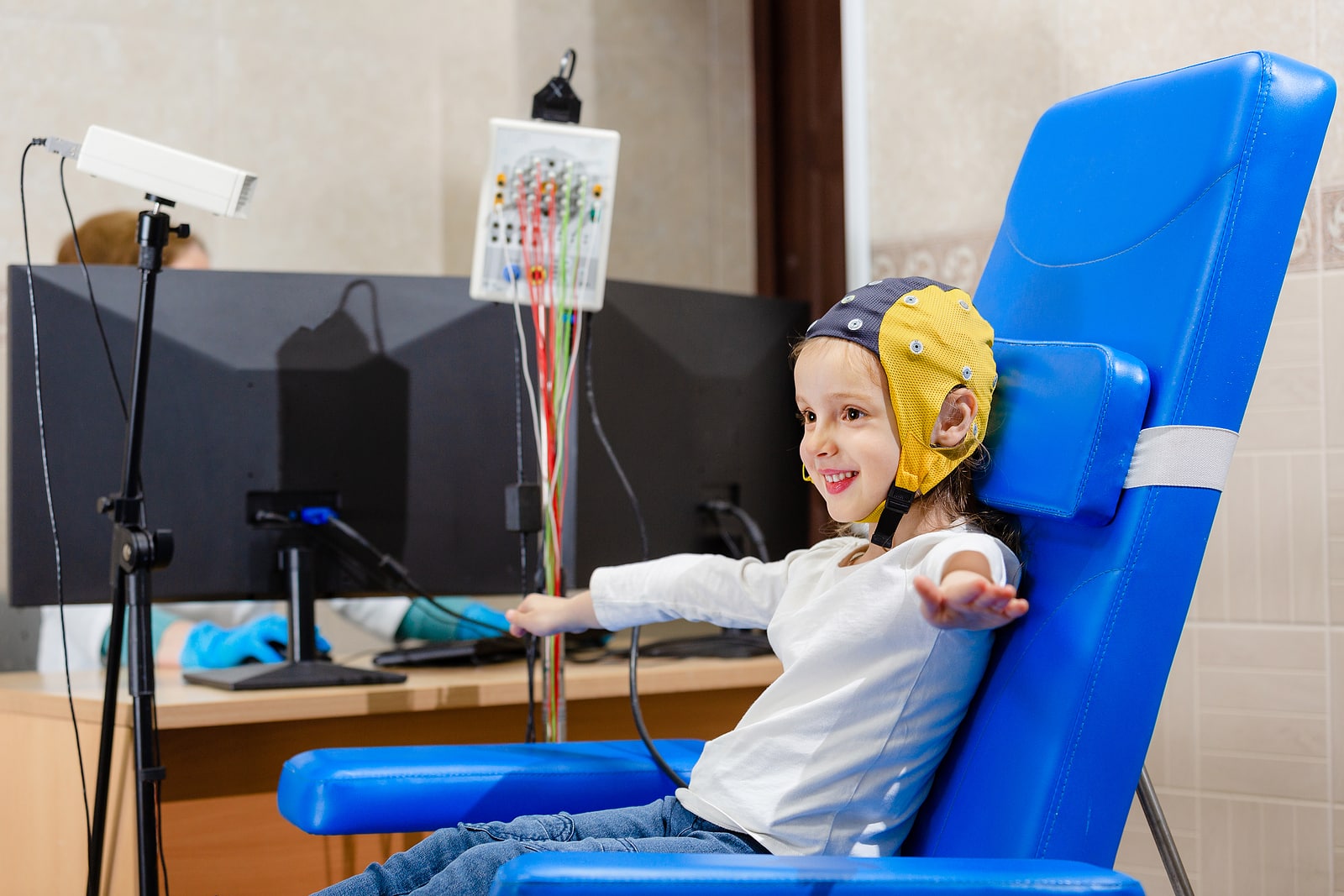Unveiling the Connection Among quantitative EEG and Sleep Disorder Patterns for Enhanced Assessment and Treatment
Unveiling the Connection Among quantitative EEG and Sleep Disorder Patterns for Enhanced Assessment and Treatment
Blog Article
Sleep hypopnea is a prevalent slumber disorder that impacts many people throughout the globe. It happens when a person's respiration is interrupted during sleep, resulting to subpar sleep quality and multiple health issues. One of the ways scientists and physicians are working to better comprehend and identify sleep apnea is through a method called quantified electroencephalography, or qEEG. This approach measures the electrical activity of the brain and can provide important understandings into how sleep apnea impacts brain function and general well-being.
qEEG entails positioning small sensors on the scalp to record cerebral oscillations. These brain waves are then analyzed to detect patterns that may indicate sleep disorders, including sleep apnea. By analyzing these trends, healthcare professionals can obtain a more precise understanding of how sleep apnea interrupts normal brain activity during slumber. This data can be essential for formulating effective treatment plans tailored to specific clients. Comprehending the connection between qEEG and sleep apnea can lead to improved diagnostic techniques and superior outcomes for those impacted by this disorder.
Research has shown that people with sleep apnea often display specific changes in their cerebral oscillation trends. For instance, during instances of apnea, the cerebrum may exhibit heightened function in get redirected here certain regions while additional regions become less active. These changes can influence how effectively a individual sleeps and how rested they feel upon waking. By using qEEG to monitor these brain wave trends, physicians can recognize particular characteristics of sleep apnea in clients, which can assist in formulating a more accurate identification. This is particularly crucial because sleep apnea can sometimes be mistaken for other sleep disorders, resulting to misguided treatments.
In furthermore to enhancing identification, qEEG can also play a part in evaluating the effectiveness of therapies for sleep apnea. For example, after a client begins using a continuous positive airway force (CPAP) device, which helps keep the airway clear during slumber, qEEG can be used to evaluate alterations in brain function. If the brain shows improved trends of slumber after starting treatment, it may indicate that the treatment is working well. This feedback can help doctors formulate required adjustments to treatment plans, guaranteeing that clients receive the best treatment feasible.
In summary, the relationship between qEEG and sleep apnea trends is an promising area of research that holds promise for improving diagnosis and treatment. By understanding how sleep apnea affects cerebral function, healthcare providers can formulate more effective approaches to help patients attain improved slumber and improve their overall well-being. As research progresses to advance, it is likely that qEEG will turn into an integral tool in the battle against sleep apnea, leading to superior results for those who experience from this challenging disorder.